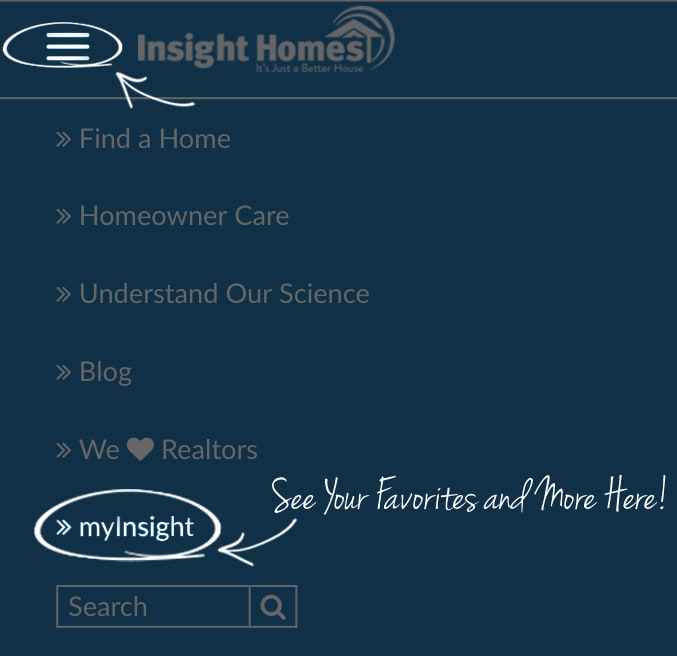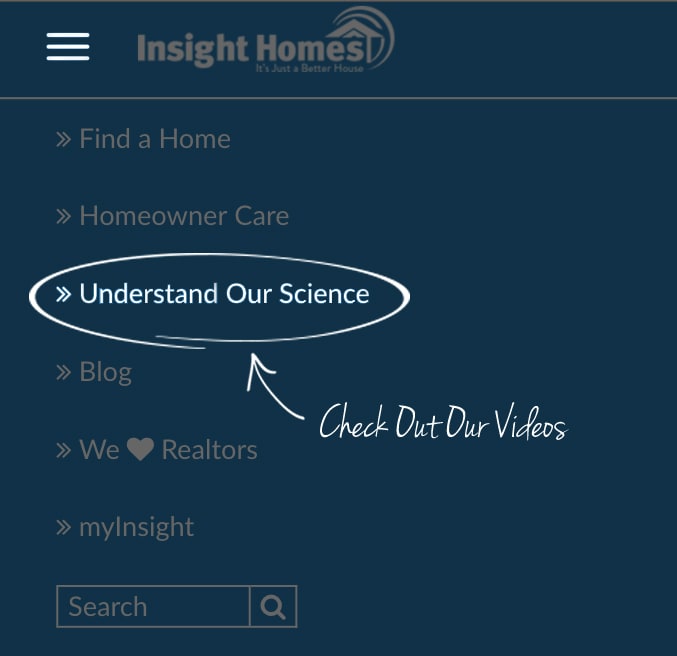When you are on the hunt for a new home, you typically come across a lot of new information! Understanding all the details can sometimes be a bit overwhelming. You can easily start to mix up all the acronyms – like SEER, HERS, EPA, HUD and more! While the EPA may not seem like it has much to do with the home search, you’d be surprised. Here is a little cheat sheet on some of the shorthand you need to know about when searching for a home.
Let’s first begin with the term Energy Star®because we happen to see this label on a lot of appliances and home products. The term Energy Star was devised in 1992 by the Environmental Protection Agency (EPA) and the Department of Energy. Seeing an Energy Star label on a product/item means it consumes about 15% to 30% less energy than a conventional counterpart. Many homes offer Energy Star® appliances, but how much energy each consumes should be on your list of considerations for whether the home is truly energy efficient.
Another term you may come across in your home search is HERS. HERS stands for Home Energy Rating System and it’s a measurement of a home’s energy efficiency that was created by the Residential Energy Services Network (RESNET). HERS scores range from 0 to 150 – the lower the score, the better energy efficiency. When you think of HERS, associate it with a game of golf, you want a lower score to win the game. Testing a homes’ energy rating calls for a detailed process where a Certified Home Energy Rating System rater performs various checks with special equipment to examine things like air drafts, heat/cold transfer from windows and doors and much more. Many Insight Homes have scores in the 40s – compare that to the standard home building code which calls for a score around 100! This is an independent verification of our claim to selling a better house!
You may hear the term Low-E windows when touring a new home and wonder what that means. Low-E in its formal terminology is low emissivity or low thermal emissivity. This means the windows absorb, reflect and emit radiant energy away from the window – allowing for interior spaces to be less effected by exterior temperature changes. Now, you may want to note that not all Low-E windows are constructed the same. In fact, there are even levels to Low-E windows and many builders charge more for the better product. However, their upgraded windows cannot compare to the windows developed for Insight Homes, the amount of heat transfer is significantly lower. The added bonus here is that Insight Homes doesn’t charge extra for these cost-saving windows! We think they are a prime feature of our overall product and approach.
A big component to any home is its heating, ventilation and air conditioning, commonly referred to the HVAC system. When you inspect any HVAC system you typically will find its SEER rating. Seasonal Energy Efficiency Ratio gives you the energy rating of the system. Think of it like miles per gallon, the higher the number, the better it is. Insight Homes installs the York Affinity® Series modulating heating and air conditioning system in every home which includes an 18 SEER rating. To give you a better perspective, an Energy Star qualified HVAC unit must have a rating of 14 and some builders install units with a rating of 13. Comparing the York Affinity Series to those units, it’s about 50% more efficient!
So, what about the EPA? The EPA has a few different programs to gauge and promote energy efficiency and water usage in residential construction. Insight Homes have achieved the EPA’s Water Sense classification, meaning the entire home as a “system” uses substantially less water than a traditional home that has not engineered the plumbing system and various attached appliances to make the best use of water to eliminate waste. Insight Homes is one of the only builders in Delaware to have qualified as EPA Water Sense homes. The EPA has another program that rates a home’s indoor air quality. According to the EPA, the average home interior has worse air quality than a typical mid-sized American city. Our approach has been to provide a healthier living environment by using a superior filter system, a MERV-13 air filter, which has more than 20x the surface area of a typical filter. We also use Low-VOC paints and carpet, to make sure less fumes enter the air. And we complete the system with an outdoor exhausting central vacuum, taking contaminants right out of the house very time you clean.
When you are looking at new homes in Delaware, make sure you take the time to understand the above acronyms and terms. Or make it easy on yourself and choose Insight Homes…it’s just a better house!













 Swipe to learn more
Swipe to learn more
